Professional Photography Course
Unit 3: Types of Lighting in Photography
In Unit 3 you will focus entirely on light. Throughout this unit you will master every aspect of light. You will start with a comprehensive overview of natural and available light as you learn how to work without flash or strobes. You will learn to identify light by direction, color and quality before making compositional decisions accordingly. From there, you will delve into artificial light, the bread and butter of a professional photographer's workflow. You will learn how flash photography works, how to balance floodlights and how to use umbrellas when working in a studio.
After that, you will discover how to use flash for specific scenarios such as macro and close-up work. You will hear professionals share advice on packing lighting gear for outdoor shoots or long distance travel. Finally, you will learn the best techniques for capturing light in various places, at any time of day and in all weather conditions.
Unit 3 Objectives
In Unit 3, our focus will be on Harnessing the Light:- Everything in photography is based on light, and this Unit is an important building block in your training.
- As you go through the Learning Sequences, you'll find yourself observing the world around you in a different way.
- You'll notice shadows on a brick wall, the reflection of a tree in a still pond, a ray of sunlight from behind a cloud.
- And once you notice the subtleties of light, you can capture them with your camera.
- In addition to the sections on lighting, Unit 3 will introduce you to two popular photography genres: Travel Photography and Landscape and Nature Photography.
Later Units will showcase other genres, so by the time you complete the Course, you'll be exposed to a wonderfully diverse array of options.
Unit 3 Outline
-
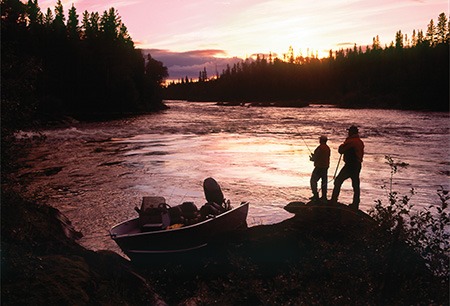
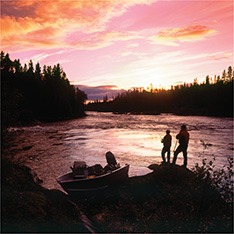 Lesson 3.1 Natural and Available Light
Lesson 3.1 Natural and Available LightIn Lesson 3.1, you will discover why light is invaluable to a photographer’s workflow as you learn the best ways to use whatever …
-

 Lesson 3.2 Artificial and Studio Photography
Lesson 3.2 Artificial and Studio PhotographyLesson 3.2, we explore the bread-and-butter of a professional photographers’ workflow- artificial and studio light. Head to the …
-
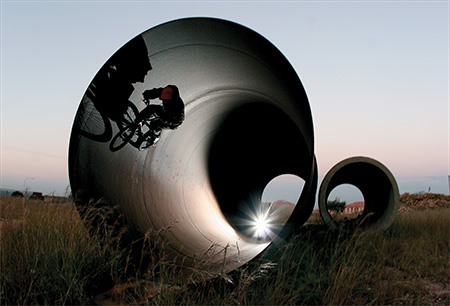
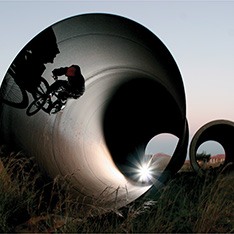 Lesson 3.3 Flash and Strobe Photography Tips
Lesson 3.3 Flash and Strobe Photography TipsIn Lesson 3.3, discover the benefits of electronic flash in photography. Explore the various flash units on the market, how …
-
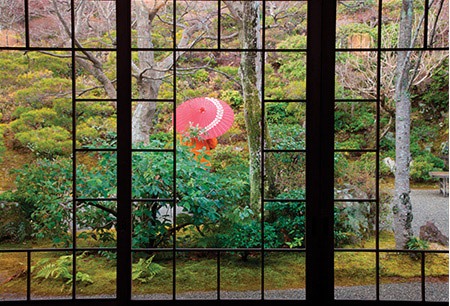
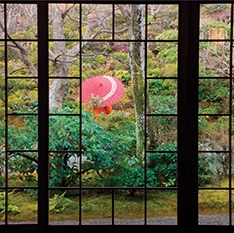 Lesson 3.4 Travel Photography Camera, Gear
Lesson 3.4 Travel Photography Camera, GearIn Lesson 3.4, dive into the exciting field of travel photography. Watch NYIP’s George Delgado interview award-winning travel …
-
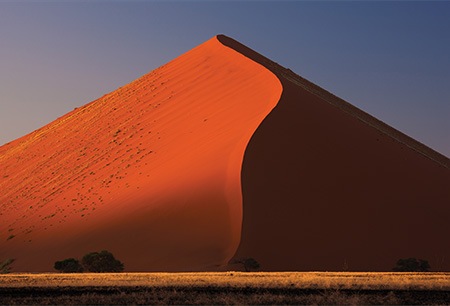
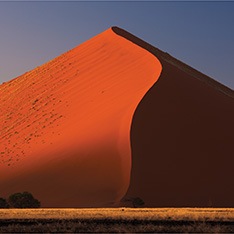 Lesson 3.5 Landscape Composition and Nature
Lesson 3.5 Landscape Composition and NatureIn Lesson 3.5, you will explore the world of nature and landscape photography. Follow along in HD as NYIP’s Patrick Donehue …
Unit 3 Project Assignments
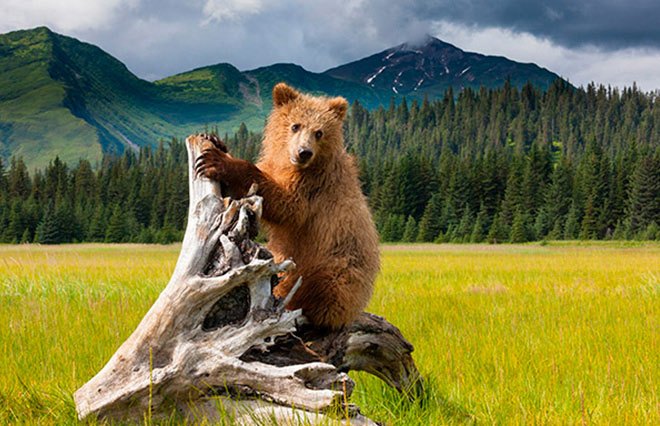 Direction of Light
Direction of Light
Submit one photo of an outdoor object—not a person—that you think is enhanced by light coming from a specific direction—that is, using either backlighting, 45-degree sidelighting, or 90-degree sidelighting.
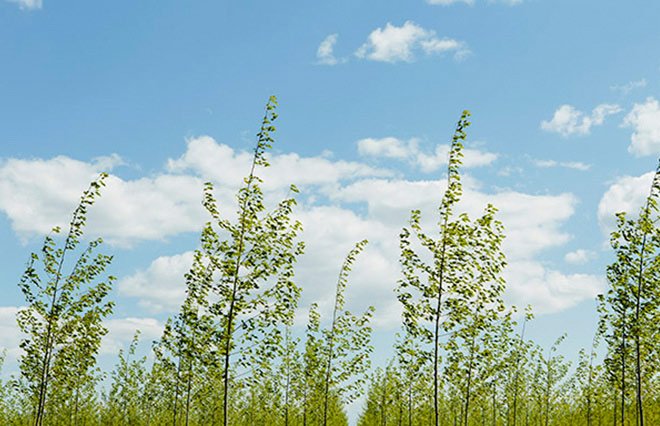 Quality of Light
Quality of Light
Submit one photo of a person outdoors lit by open shade. If the weather is overcast, you can shoot this almost anywhere since the clouds produce the effect of open shade. If the day is sunny, you will find open shade in outdoor shadow areas–for example, in the shade of a tree or a building.
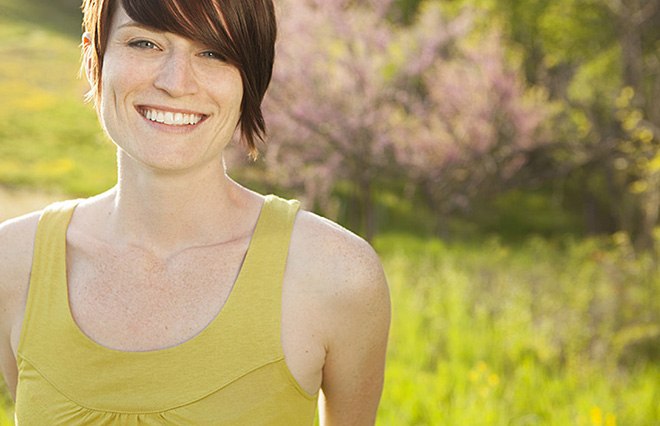 Fill Light
Fill Light
Submit two photos demonstrating your understanding of using a reflector. Set up a simple still-life indoors or outdoors on the floor, the ground, or a table.
